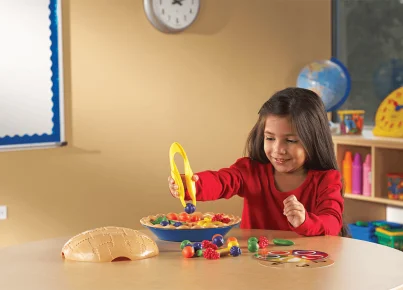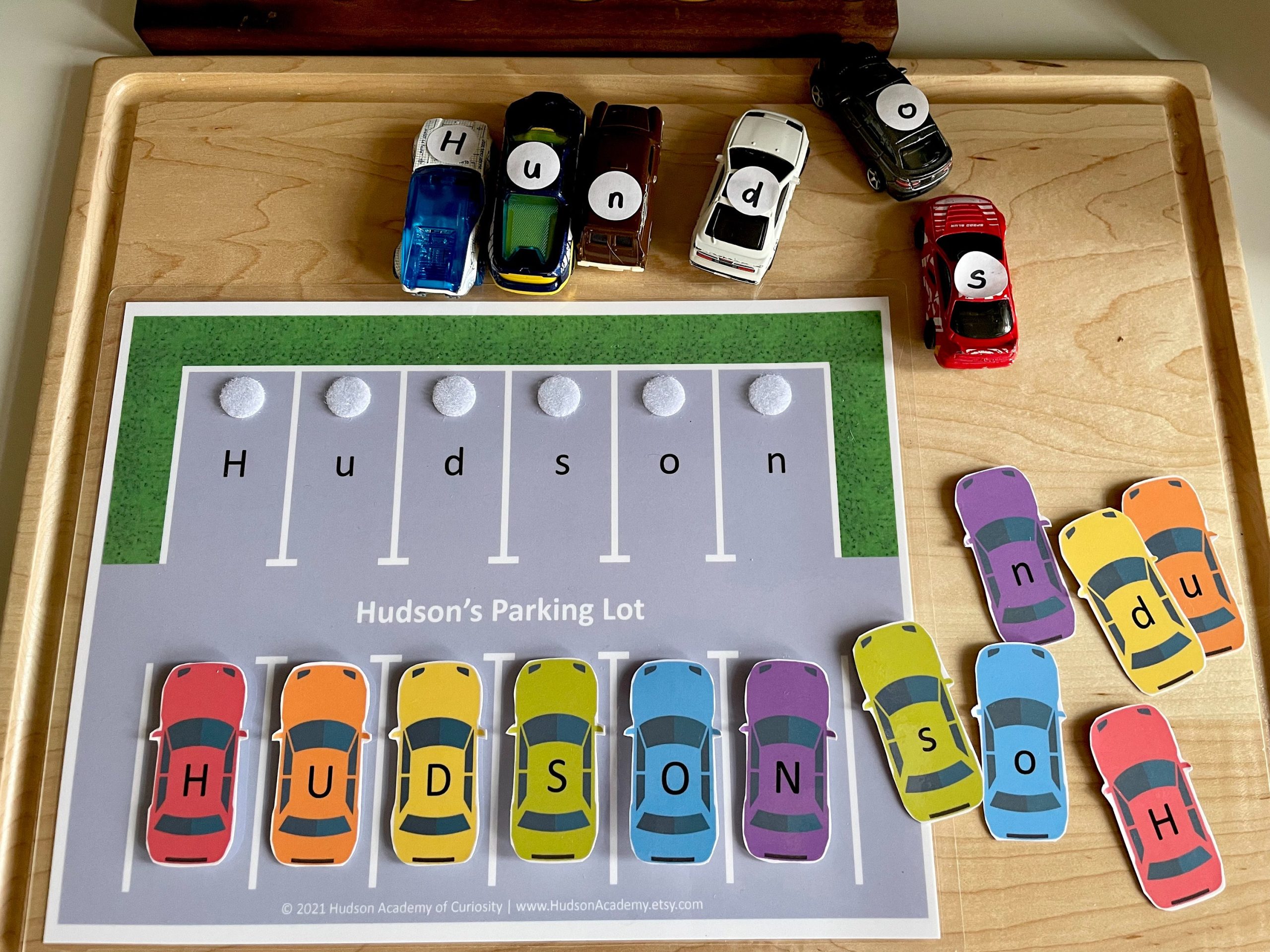The Reggio Emilia Approach to early childhood education has been acknowledged internationally for its innovative and child-centered pedagogy, emphasizing the development of a strong foundation for young learners. Originating in the town of Reggio Emilia in Italy post-World War II, this philosophy was conceptualized by educator Loris Malaguzzi and parents in the community, who sought to create an educational system that would foster a new culture of childhood.
At the core of the Reggio approach is the belief that children are competent, curious, and capable of constructing their understanding of the world. The curriculum is not pre-set but emerges based on the children’s interests and ongoing projects, known as “progettazione.” This approach necessitates a flexible classroom environment where learning is visibly documented and spaces are arranged to encourage collaboration, communication, and exploration.
Reggio classrooms are often described as “the third teacher,” with the environment being just as crucial in guiding learning as educators and parents. Classrooms are intentionally designed with natural light, order, and beauty in mind, often featuring accessible materials that invite interaction and investigation. There’s an emphasis on aesthetics and presenting materials in a way that is enticing to children, fostering engagement and wonder.
Documentation is another critical component of the Reggio Emilia Approach. Children’s work, conversations, photographs, videos, and audio recordings are used not only to track progress but also to provide insights into their thought processes. This practice encourages reflective thinking amongeducators and children alike since it allows for revisiting ideas and considering how their understanding has evolved over time.
Collaboration between teachers is fundamental in the Reggio Emilia Approach. Teachers work as co-researchers and co-constructors of knowledge alongside children. They facilitate learning by asking questions that provoke thoughts rather than directing learning towards predetermined outcomes.
Parents also play a vital role in the Reggio Approach. They are viewed as partners in education – an essential resource and point of reference for both children and teachers. Parental involvement includes participation in discussions about their child’s learning journey and contributing to the richness of the educational experience through various forms of engagement.
In conclusion, integrating the Reggio Emilia Approach into classrooms can profoundly transform early childhood education. It offers an alternative to traditional teacher-centered methodologies by putting young learners at the heart of their educational journey. Through its emphasis on creating beautiful learning spaces, documenting learning processes, fostering collaboration among all stakeholders, and maintaining a flexible curriculum tailored to children’s interests, Reggio-inspired schools nurture not just academic skills but also creativity, interpersonal skills, and a lifelong love for learning.





